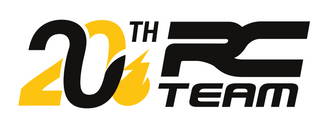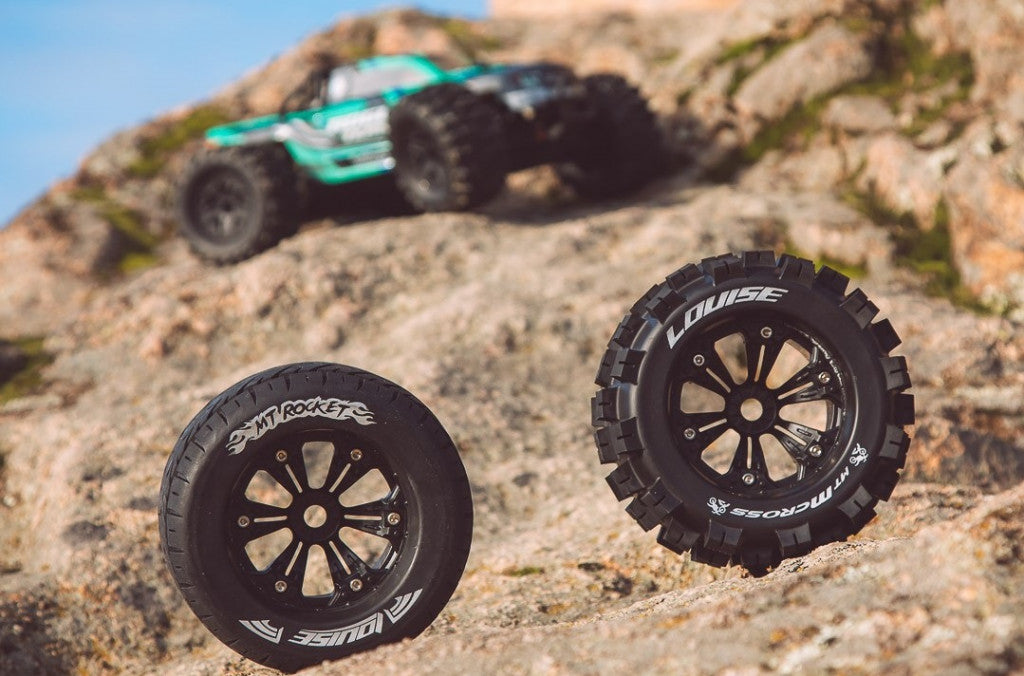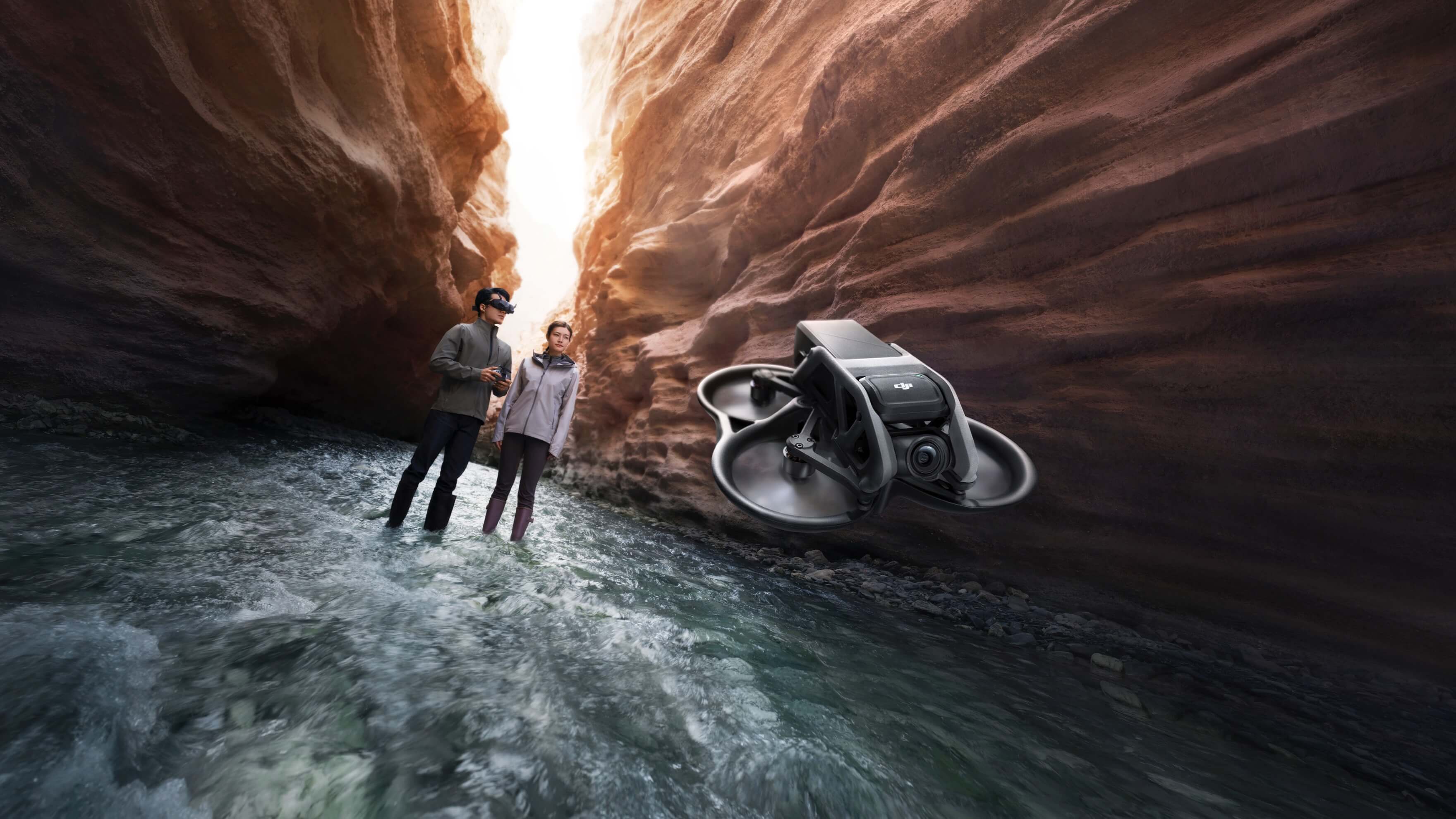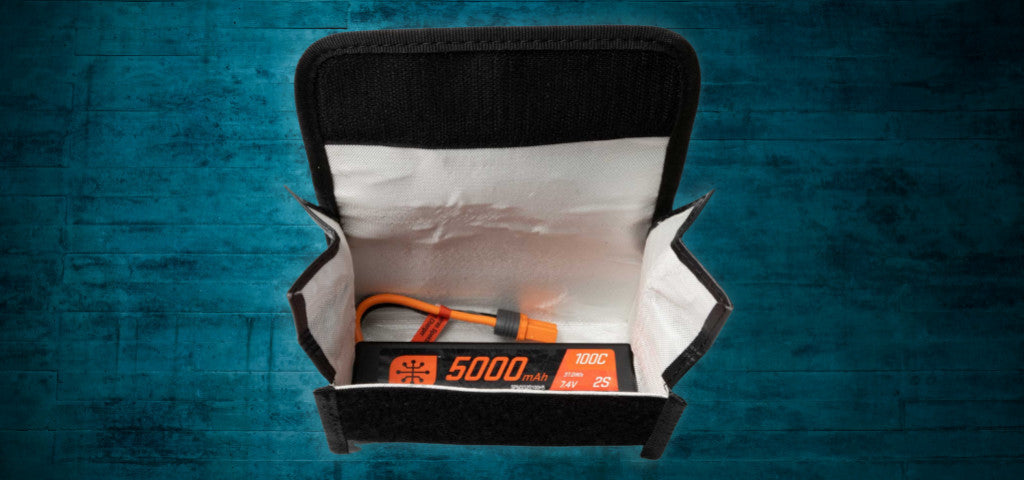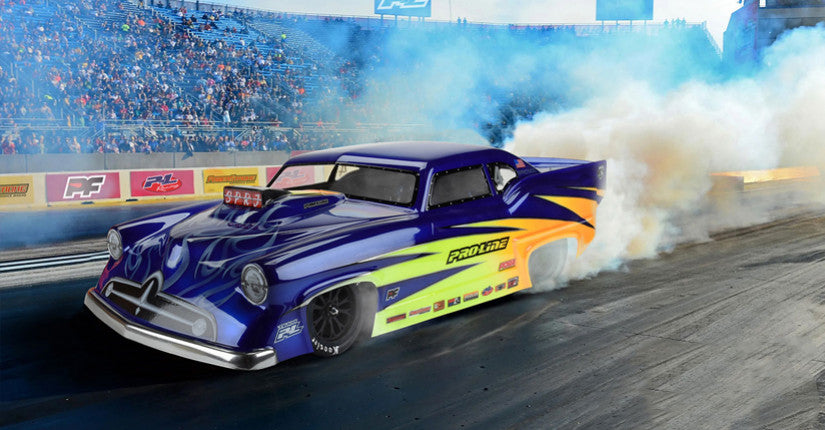Tires are to cars what shoes are to humans. They form a connection with the ground and can be chosen according to type, use or style. This choice is important because it directly affects the performance of your model. In RC modeling we find tires for cars or trucks of all shapes and sizes, sometimes with a wide variation in price. So we thought a little guide might be useful to you ;)
Which terrain for which RC vehicle?
To choose your tires carefully, it is important to understand the characteristics of your vehicle and the terrain on which it operates. Each RC car model thus belongs to different groups and sometimes to several at the same time.
Each modeler has their favorite terrain, whether it be the track (racing on asphalt), bashing (off-road on hilly and relatively rutted terrain) or even crawling (crossing obstacles on extremely uneven terrain). Each of these 3 choices involves a different configuration. For example, torque and a car's ability to adapt to terrain are much more important than speed on off-road vehicles.
The table below shows the types of vehicle suitable for each surface:
|
BITUMEN |
GRASS |
SAND |
EARTH / GRAVEL |
|
Passenger car |
Monster Truck |
Buggy |
Buggy |
What size are your tires?
The scale of your vehicle generally determines tire size . Always consult the model instructions if you have them or contact us if you are unsure. Here are the most common tire sizes for 1/10 and 1/8 scales:
1/10 Buggy : The tires on most RC Buggy are 2.2 inches in diameter. This means that the tires must fit 2.2" rims. They are often narrower than truck tires. You should also keep in mind that the width of the front and rear tires is often different.
Truck 1/10 : The tires of a Truck are as wide at the front as at the rear. They are typically 2.8" in diameter. The front wheels usually have grooved (on 4x2 models) or patterned (on 4x4 models) tires and the rear wheels have patterned tires.
Short Course 1/10 : These cars have unique wheels. Short Course tires can only be mounted on Short Course rims with different diameters inside and outside the rim, for example 2.2"/3.0".
1/8 Buggy : The tires of 1/8 buggies are more or less standardized, so you can mix tires and rims from different manufacturers. They use the same set of tires front and rear.
1/8 Truggy : The wheels of 1/8 truggy differ from the wheels of other cars. Wheel outer diameter and rim dimensions vary. When choosing a new set of wheels for your car, compare them to the original ones.
Truck 1/8 : The wheels of 1/8 trucks are generally wider than those of Truggy, the standard size of this type of tire is 3.8". The diameter can vary by a few millimeters depending on the profile chosen. The wheels are the same for the front and rear of the vehicle.
How to choose your offset?
The offset (also called "Offset") represents the distance between the center of the rim and its attachment point. In modeling, the greater the offset, the more your wheel moves away from the axle of your vehicle.
On all-terrain vehicles (generally on 4x2 1/10 trucks), it is sometimes necessary to use 1/2 offset rims at the front of the vehicle to prevent them from rubbing on the axle when you turn the wheels. . For the rear of the vehicle, offset 0 is sufficient for the majority of RC models.
On track vehicles, the offset (expressed in millimeters) is generally used to align your rim to your bodywork to have a perfect finish. This will also affect the behavior of your vehicle, the more offset you add, the more your vehicle will gain in stability and ease of handling.
What type of tires for what surface?
First of all, remember that the wheels and tires of an RC vehicle are exposed to wear, whatever their use. When you buy a new car, most of the time it already comes with tires, but that doesn't mean they are the best choice. Indeed the tires of your RC car are responsible for grip and can also affect speed.
Some tires are smooth, others are knobby, and there are many models in between these two extremes. The type of your RC tires depends on the terrain on which the vehicle is driven. Slick tires are better suited to flat surfaces , while knobby tires are suited to off-road use .
Here is a simplified table of suitable tire types based on surfaces:
|
TIRE TYPE |
SUITABLE TYPE OF TERRAIN |
|
|
Smooth tires |
Tar and sidewalk |
|
|
Studded tires |
Mud and wet grass |
|
|
Small knobby tires |
Decent grip on any type of terrain |
We advise you to avoid inexpensive tires because you do not necessarily save money with tires that will wear out more quickly. Most premium tires with a higher price tag will perform better and last longer.
RC tire inserts
Unlike tires on full-size cars, most RC tires don't use air but use foam inserts to keep them pressurized. The reason beginners don't need to think about choosing inserts is that most new tires are mounted with inserts. However, choosing these inserts becomes more important as you learn to tune your cars because they impact the performance of your tires .
This is why it is helpful to become familiar with the different foam inserts. We distinguish 3 types of foam used inside RC tires: classic foams , double-thickness foams and molded foams (the most expensive). Each of these foams has particular properties.
How to choose tire hardness?
There are two types of tires: rubber tires and foam tires . Foam tires do not have an insert and are often fitted to very fast cars. We evaluate the hardness of rubber tires in Shore and for foam tires we use anglicisms but also sometimes Shore. A very soft tire is qualified as "very soft" or has a low value (eg: 10 shore) while a hard tire is qualified as "firm" or has a high value (50 shore). We consider that the softer the tires, the more grip we gain but also the faster they wear out.
Here are some tips to know if the hardness of your tires is suitable for your practice:
- If the car tends to roll over easily then the front and rear tires may be too soft.
- If the car runs rough then the front tires may be too hard.
- If the car tends to spin easily then the rear tires may be too hard.
- If the car is sliding all over the place then the front and rear tires are too hard.
When choosing the hardness of the rubber , we recommend that you compare the shore between tires from the same manufacturer because the value can vary a lot between brands.
